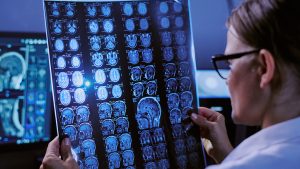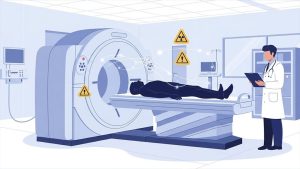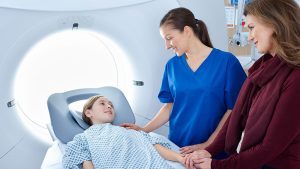Mammograms are a crucial tool for early breast cancer detection. But if you’re due for your first one, you might be wondering, “How long do mammograms take?” This comprehensive guide will answer all your questions and help you prepare for a stress-free mammogram experience.
Understanding Mammography
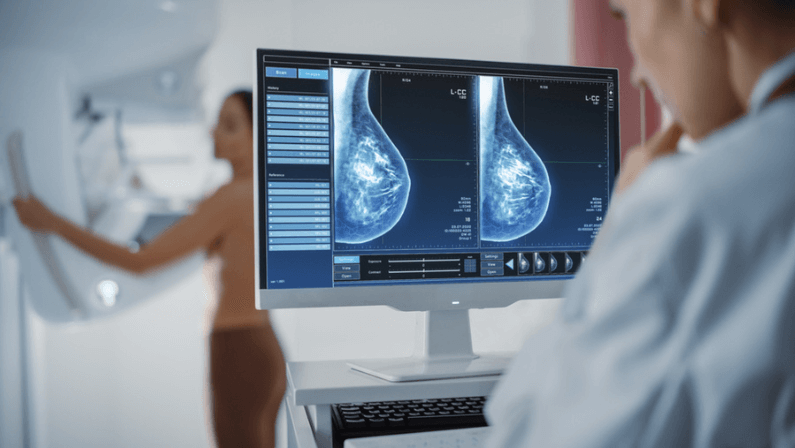
A mammogram is an X-ray imaging test specifically designed to examine breast tissue for abnormalities. During the procedure, each breast is compressed between two plates to create clear images. There are two main types of mammograms:
Standard 2D Mammography
This traditional method captures multiple X-ray images of each breast from different angles.
3D Mammography (Tomosynthesis)
This advanced technique takes a series of X-ray slices of the breast, creating a three-dimensional image. 3D mammograms can sometimes detect cancers missed on standard 2D mammograms.
Generally, mammograms are recommended for women starting at age 40 or 45, depending on individual risk factors. Regular mammograms are an essential part of preventive healthcare, allowing for early detection and treatment of breast cancer, which significantly increases the chances of a successful outcome.
Preparing for Your Mammogram

A mammogram appointment can feel daunting, especially if it’s your first one. However, with a little preparation, you can ensure a smooth and efficient experience. Here’s what you can do to get ready for your mammogram:
- Schedule Strategically
Plan your mammogram for a week after your period when your breasts are typically less tender and swollen. This can help minimize discomfort during the compression part of the procedure. - Inform Your Doctor
Discuss any breast concerns you may have, including any lumps, changes in nipple appearance, or unusual discharge. Also, let your doctor know if you have a family history of breast cancer. This information can help them interpret your mammogram results more accurately. - Dress for Convenience
Wear a two-piece outfit, such as a separate top and skirt or pants. This will allow you to easily undress from the waist up during the mammogram without removing your entire outfit. - Skip Certain Products
Avoid applying deodorant, antiperspirant, lotions, creams, or perfumes under your arms or on your breasts on the day of your mammogram. These products can contain ingredients that show up as white spots on the X-ray images, potentially obscuring important details. - Gather Past Results (if applicable)
If you’ve had previous mammograms at a different facility, bring copies of the results with you to your current appointment. This allows radiologists to compare your current images to past ones, helping them identify any changes.
The Mammogram Process
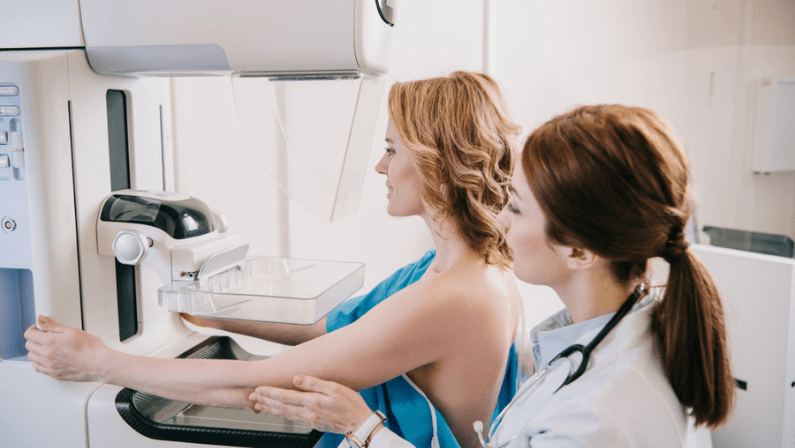
The mammogram appointment itself is usually a quick and efficient process. Here’s a step-by-step breakdown of what you can expect:
- Check-In and Registration
Upon arrival, you’ll complete some paperwork and confirm your medical history with the receptionist or a healthcare professional. - Changing Gown
You’ll be provided with a comfortable gown to change into for the procedure. You can store your clothes and belongings securely in a locker. - Technologist Consultation
A qualified healthcare professional, often a mammogram technologist, will greet you and explain the mammogram procedure in detail. They will also answer any questions you may have and address any concerns you might feel. The technologist will then position you comfortably for the mammogram. - X-ray Imaging
During this stage, each of your breasts will be placed on a special platform one at a time. The technologist will gently but firmly compress your breast between two paddles to create clear X-ray images. While compression can be uncomfortable for a few seconds, it’s crucial to ensure a clear picture of the breast tissue. The technologist will capture multiple X-ray images from different angles to obtain a comprehensive view. - Review and Additional Images
After capturing the initial set of images, the technologist will review them on a screen to ensure they are clear and adequate for diagnosis. If necessary, they may take additional images from different angles or with slightly adjusted positioning for a more thorough examination.
How Long Does a Mammogram Take?
If you’re asking, “How long does a mammogram take?” plan to spend 30 to 45 minutes at your mammogram appointment, although the actual X-ray imaging itself only takes a few minutes. Each breast compression for the X-rays lasts just a few seconds, and most of the appointment time involves check-in, preparation, and reviewing the images.
What Happens Right After the Mammogram?
Following your mammogram, you can dress and resume your daily activities.
How long do mammogram results take?
The technologist will not be able to provide you with your results on the spot. A radiologist, a doctor specially trained in interpreting X-rays and other imaging tests, will analyze your mammogram images. This analysis typically takes one to two weeks.
Once the analysis is done, you will then receive your results, which can fall into three categories:
- Normal: This is the most common outcome, indicating no signs of abnormalities were detected. Your doctor will likely recommend scheduling your next mammogram according to your age and risk factors.
- Benign Findings: The mammogram might reveal non-cancerous findings, such as cysts or benign calcifications. While not cancerous, these may require further evaluation with additional tests like an ultrasound to confirm the diagnosis.
- Abnormal Findings: If the mammogram shows suspicious areas, your doctor will recommend further investigation to determine the cause. This might involve additional mammogram views, a breast ultrasound, or a biopsy, where a small tissue sample is extracted for microscopic examination.
It’s important to remember that an abnormal mammogram doesn’t necessarily mean cancer. However, it’s crucial to follow your doctor’s recommendations for further evaluation to ensure a definitive diagnosis.
Tips for a Smooth Mammogram Experience
A mammogram appointment can feel intimidating, especially if it’s your first one. But remember, this simple procedure is a powerful tool for early breast cancer detection. By understanding what to expect and taking a few steps to prepare, you can approach your mammogram with confidence and minimize any anxiety.
Let’s explore some tips to ensure a smooth and stress-free mammogram experience:
- Communication is Key: Don’t hesitate to ask questions or express any discomfort you might feel during the procedure. The technologist is there to guide you and address any concerns you may have.
- Breathe and Relax: Deep breathing exercises can help manage any anxiety you might experience before or during the mammogram.
- Schedule Follow-Ups: Maintaining regular mammograms according to your doctor’s recommendations is crucial for ongoing breast health monitoring. Early detection is critical for successful treatment outcomes.
- Know Your Options: If you have dense breast tissue, discuss 3D mammography with your doctor. 3D mammograms can sometimes provide a clearer picture of breast tissue, potentially improving cancer detection rates.
- Bring a Support Person: Consider having a friend or family member accompany you to your appointment. Their presence can provide emotional support and help ease any anxiety you might feel.
The Power of Early Detection with One Step Diagnostic
Understanding mammograms and taking charge of your screening schedule is a powerful step towards breast health. Remember, mammograms are just one piece of the puzzle. Regular self-exams and open communication with your doctor are also crucial for comprehensive breast health monitoring.
One Step Diagnostic is here to partner with you in your breast health journey. We offer a comfortable and efficient mammogram experience with state-of-the-art technology, a team of caring professionals, and both standard 2D and 3D mammography options.
Schedule your mammogram with One Step Diagnostic today and take a confident step towards breast health.


